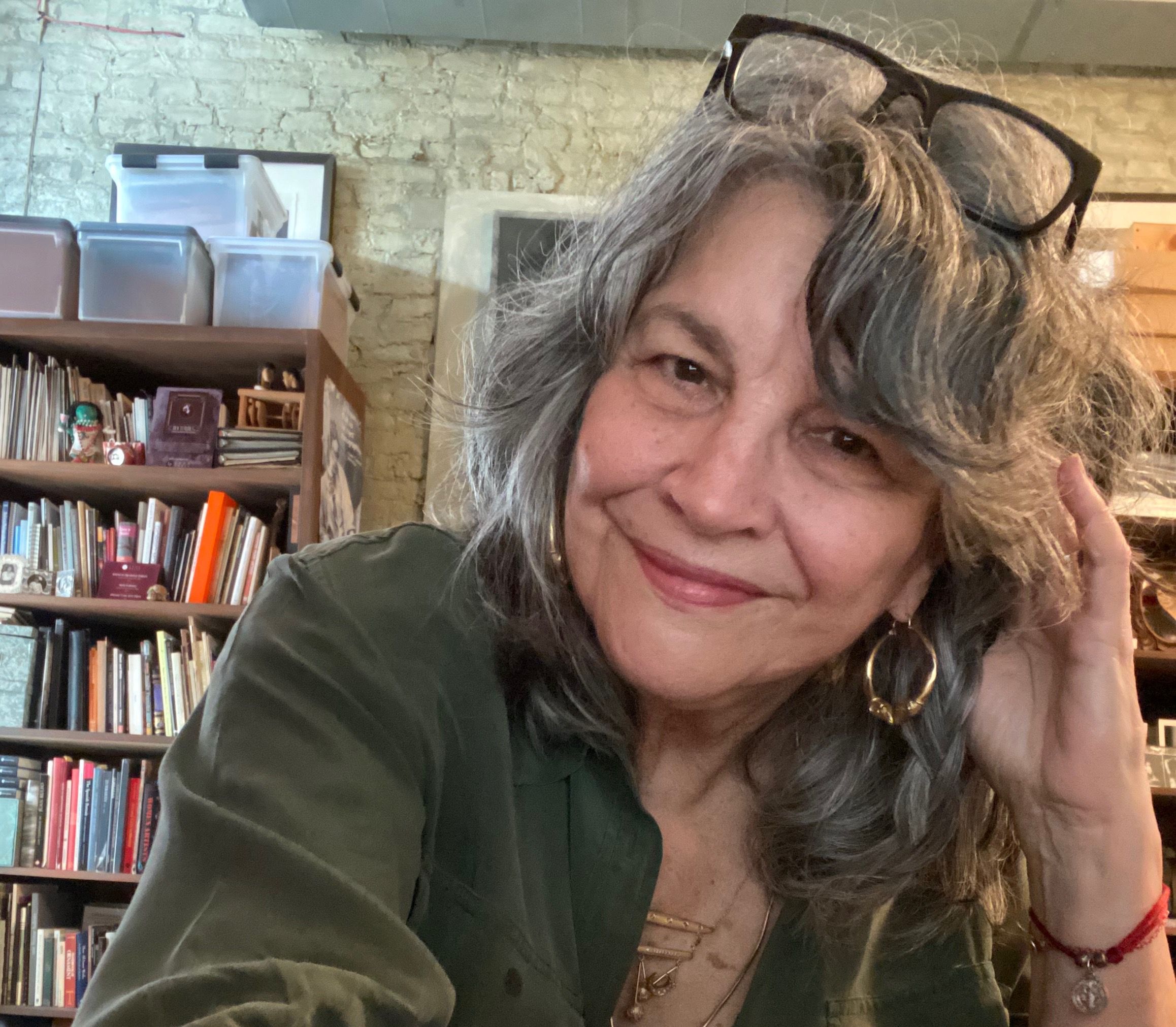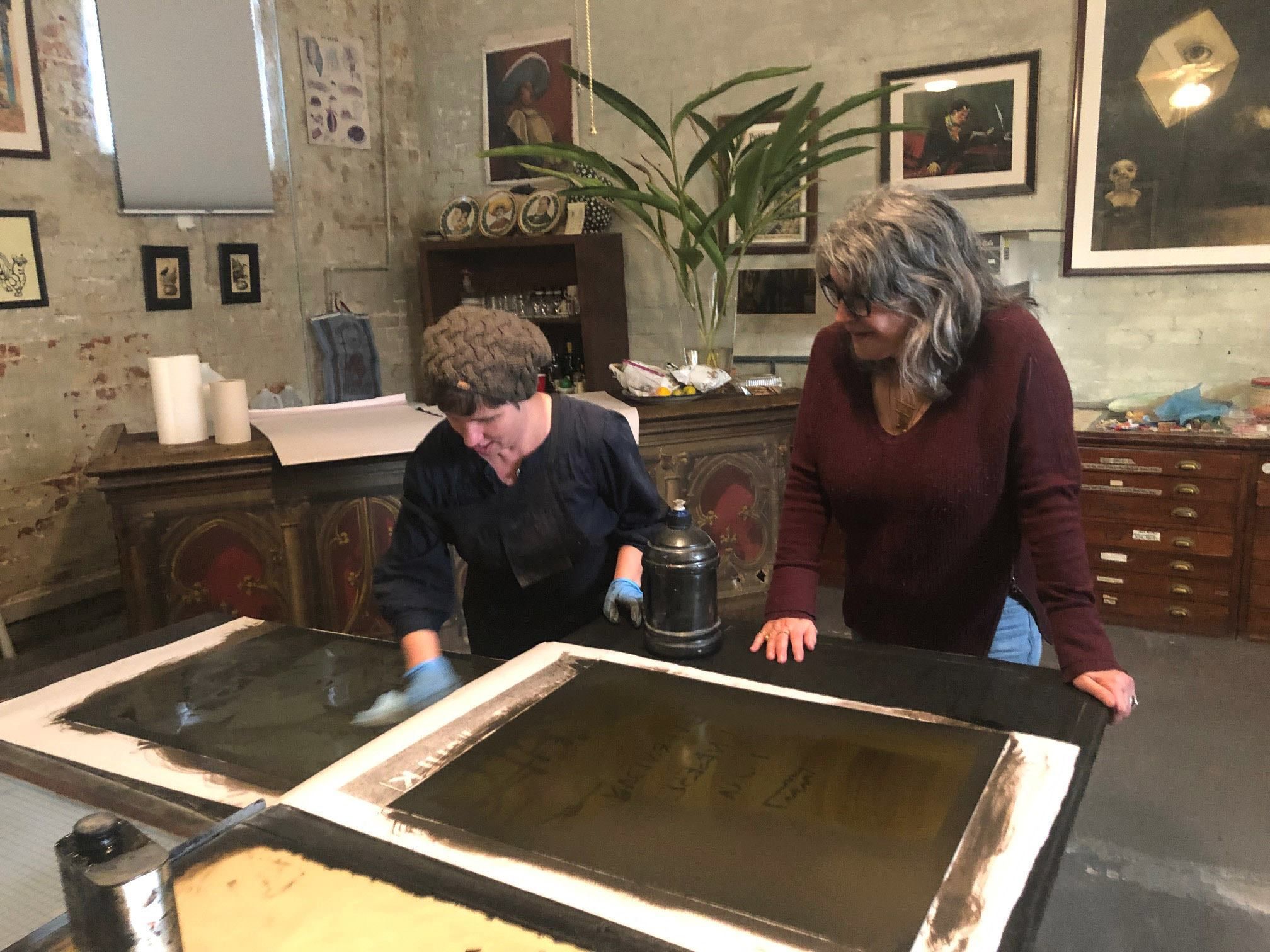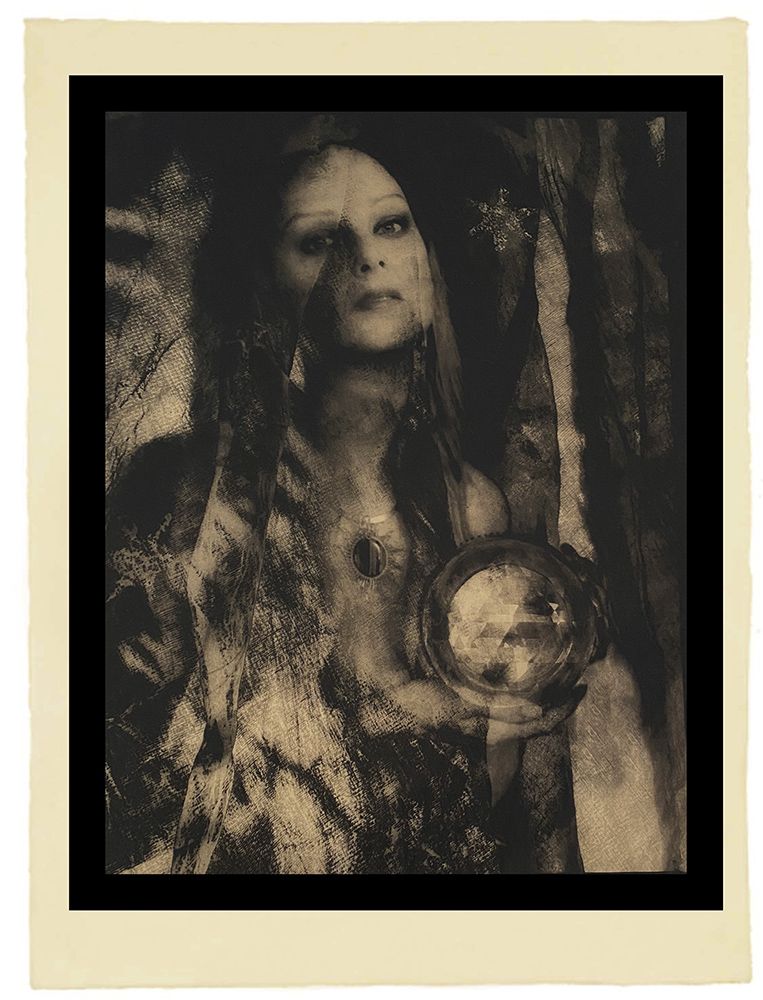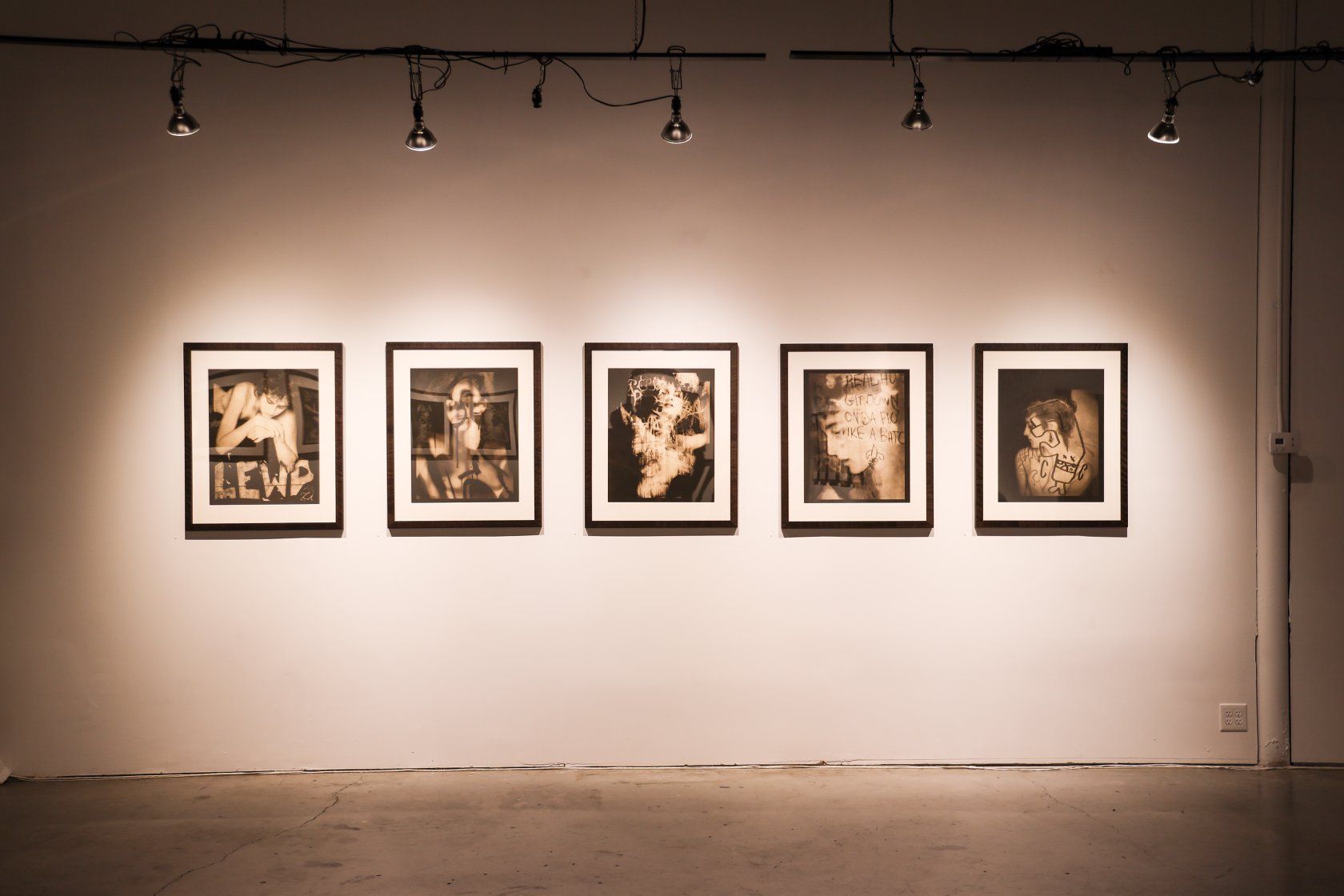Josephine
Sacabo, born in Laredo, Texas, in 1944, is a prominent and accomplished
photographer who currently lives in the French Quarter, the historic center of
New Orleans. Sacabo, a bibliophile, animal-lover, and empath, tells her love
story with art. Before she discovered her love for photography, Sacabo dabbled
and experimented with different mediums of art, including poetry and acting.

"Art
is all about making your feelings and your perceptions and all of that known in
the best way you can," Sacabo said, seated in her back garden, which was
complete with her two Bengal cats named Jesus and Milagros, her turtle named
Alice, and a koi pond with a koi trio.
Describing
her love affair with art, she explained, "When I felt young and isolated and
like the only person in the world, I liked poetry first. It was critical to me,
feeling like there were other people who I could connect to."
The
poet she initially fell in love with was Baudelaire, a French Romantic poet
from the 19th century. When she talked about her love for his work, her eyes
were overcome by a deep nostalgia, as though each time she thought about his
poetry, she was reading it for the first time again.
Sacabo's second love was an expressive form of art: theater. She and Dalt Wonk, her husband of 56 years whom she met at Bard University, traveled throughout Europe and even created their own theater company in France, entitled "The Burden Hand." Their rural cottage in Southern France pushed Sacabo to photography. As her husband wrote plays in the attic, she found herself passing the time knitting—until she realized that she did not want to simply pass the time; she wanted to live in it. Sacabo knew of an English photographer not far from her cottage and asked him to teach her photography. He agreed, and a passion was born. When asked what she initially thought upon learning photography, Sacabo said, "I have found it; this is what I have been looking for."

When
asked about the photographers who have heavily influenced her, Sacabo said that
the list is almost exclusively 19th-century photographers. She listed Josef
Sudek, who she described as "an old mean man with one arm, and he photographed
Prague"; Imogen Cunningham, an American photographer; Edward Steichen, a
photographer who moved from Luxembourg to America; and Heinrich Kuhn, an
Austrian-German photographer who Sacabo claimed took the best portraits of
children. She emphasized that photography is one of the only platforms in which
women were involved from the very beginning.
Sacabo finds the consolidation of her artistic ideas in literature. She explained that once an idea presents itself to her, she usually reads a line or a phrase from a book that pinpoints exactly what she was trying to get across. Once she finds this, the project has officially started. One of Sacabo's interests is how the mediums of art communicate with one another, and this is a perfect example of that connection between poetry—her first love—and photography, her true love.

Clarice
Lispector, Brazilian novelist and short-story writer, influences Sacabo through
her transcendentalist works, as Sacabo also sews transcendentalism into her
art. Sacabo describes the transcendence she feels while walking through City
Park, her self-proclaimed church. She stated, "There are moments when I'm
walking through City Park and feel like I'm walking on air." Her love for
Lispector's work influenced one of her projects, entitled "Beyond Thought,"
which consists of Lispector's quotes interspersed between Sacabo's photographs.
The title of this project derives its name from a quote by Lispector: "I'm
after what's beyond thought."
Aside
from literature, Sacabo also expressed her love for nature and architecture,
particularly ruins. Once asked how New Orleans plays into her art, she answered
that she is inspired by "both the landscaping parts: the palmettos and trees in
City Park and the architecture." She compared New Orleans and San Miguel, for
they have vastly different cultures, but both have the same nourishing
aesthetic. Sacabo said, "Architecture has a history that's been lived in; it
was someone's deleted dream."
Whenever
she feels discouraged by today's news, she walks around City Park in admiration
of the beauty in nature. This venture into nature makes her grateful for the
things she has in her life. She said that in a total and overwhelming moment of
beauty, "I've been given a moment where the sun makes the leaf look like that,"
and she wants to capture that moment to relive it and to share it. "Talk about
masterpieces," she said. "They're all around us."
Click
here to view Sacabo's website. She
currently has an exhibit entitled "Those Who Dance Are Called Insane by Those
Who Cannot Hear the Music" at A Gallery for Fine Photography. This gallery is
open Thursday through Monday, from 10:30 a.m. to 5:30 p.m. Sacabo's exhibit is
on view until January 2, 2021.
A Gallery for Fine Photography: 241
Chartres St., (504) 568-1313, agallery.com


